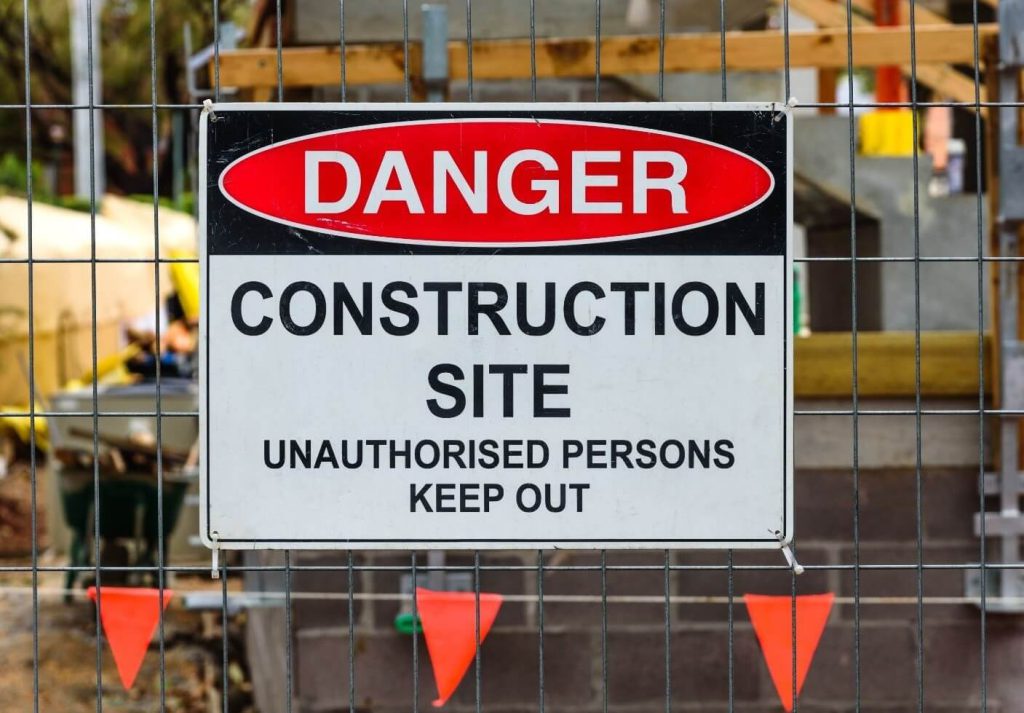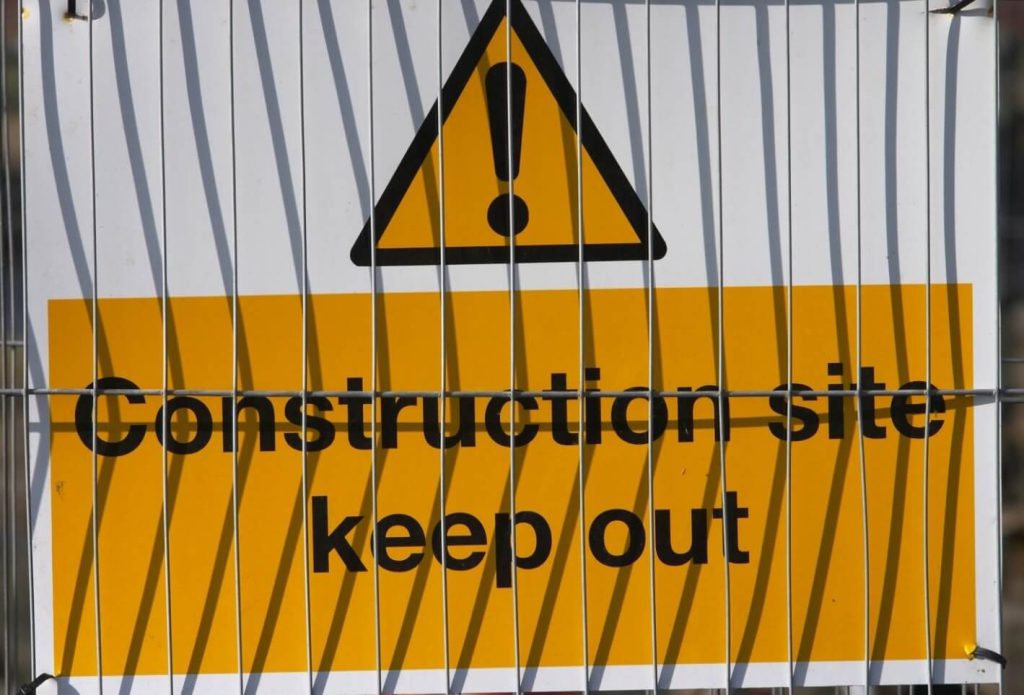
Construction projects require careful planning to ensure compliance, safety, and efficiency. One of the most crucial yet often overlooked steps in the pre-construction phase is the Pre-Construction Notification (PCN). This process ensures that regulatory requirements are met before work begins, reducing risks, improving coordination, and ultimately streamlining the construction process.
In this guide, we’ll explore the importance of Pre-Construction Notification, how it helps streamline projects, and the best practices for ensuring compliance with UK construction regulations.
What is Pre-Construction Notification (PCN)?
Pre-Construction Notification (PCN) is a formal notification that must be submitted to the Health and Safety Executive (HSE) before starting certain construction projects. It is a legal requirement under the Construction (Design and Management) Regulations 2015 (CDM 2015) and applies to projects that:
✅ Last more than 30 working days AND involve more than 20 workers simultaneously at any point.
✅ OR exceed 500 person-days of work in total.
Key Information Included in a PCN:
- Project name and location
- Estimated start and completion dates
- Client and contractor details
- Number of workers on-site
- Health and safety measures
- Description of work to be carried out
💡 Tip: Even if your project does not legally require a PCN, submitting one can help with better planning, risk management, and stakeholder coordination.
Why is Pre-Construction Notification Important?
Submitting a Pre-Construction Notification is not just a legal requirement; it plays a crucial role in ensuring the success and safety of a construction project.
Ensures Compliance with Health and Safety Laws
Failure to submit a PCN can lead to legal consequences, including project shutdowns, fines, or penalties. Compliance with CDM 2015 regulations ensures that health and safety risks are properly assessed before work begins.
Enhances Risk Management and Safety Measures
Construction sites present significant risks. By requiring hazard assessments and risk mitigation strategies in the early stages, PCNs help prevent:
✔ Accidents and injuries
✔ Delays due to unexpected safety concerns
✔ Legal liabilities related to worker safety
Improves Project Coordination and Planning
Submitting a PCN ensures that all stakeholders—clients, designers, contractors, and workers—are aligned on safety procedures, timelines, and responsibilities. This leads to:
✔ Clearer project timelines
✔ Reduced confusion between teams
✔ More effective communication
Prevents Delays and Reduces Costs
Addressing compliance and safety issues before construction starts helps avoid unexpected delays, project stoppages, and costly revisions.
💡 Example: A UK construction firm implementing PCN saw a 25% reduction in project delays due to better pre-planning and risk mitigation.

Who is Responsible for Submitting a Pre-Construction Notification?
Under CDM 2015, the responsibility for submitting a PCN falls on the client. However, the client may delegate this responsibility to the principal designer or principal contractor.
Roles and Responsibilities:
🔹 Client – Ensures that the PCN is submitted and that all CDM 2015 requirements are met.
🔹 Principal Designer – Oversees health and safety planning during the pre-construction phase.
🔹 Principal Contractor – Ensures the project follows CDM regulations and updates the PCN if necessary.
💡 Tip: While the client is legally responsible, hiring an experienced principal designer or contractor can help ensure compliance and smooth execution.
How to Submit a Pre-Construction Notification in the UK
The process of submitting a PCN is straightforward but must be done before work begins.
Step 1: Gather Required Information
✔ Project details (name, location, estimated duration)
✔ Client and contractor information
✔ Health and safety risk assessments
✔ Number of workers involved
Step 2: Complete the F10 Form
The F10 notification form is the official document for PCN submission. It is available on the Health and Safety Executive (HSE) website.
Step 3: Submit the PCN Online
🔹 Go to HSE’s official website: www.hse.gov.uk
🔹 Fill out and submit the F10 form electronically
🔹 Keep a copy of the submission confirmation for records
Step 4: Update the Notification If Necessary
If there are significant changes in project details, such as start date, contractor changes, or project scope, the PCN must be updated.
💡 Tip: Having a PCN checklist can help ensure that no critical details are missed before submission.

How Pre-Construction Notification Streamlines Construction Projects
Facilitates Proactive Safety Measures
By addressing health and safety concerns before construction starts, PCNs help prevent workplace injuries and project interruptions.
Improves Communication Among Stakeholders
A well-prepared PCN ensures that:
✔ Clients, designers, and contractors understand their roles.
✔ Health and safety guidelines are clearly communicated.
✔ All parties have access to up-to-date project information.
Reduces Regulatory and Compliance Risks
✔ Helps avoid project shutdowns due to non-compliance.
✔ Prevents legal action by ensuring that CDM regulations are met.
✔ Ensures proper record-keeping for future audits.
Leads to Cost Savings and Efficiency
✔ Prevents expensive reworks and regulatory fines.
✔ Reduces delays caused by last-minute health and safety changes.
✔ Helps contractors plan resource allocation effectively.
💡 Example: A London-based housing project cut construction costs by 12% by addressing safety issues early through PCN.
Common Mistakes to Avoid When Submitting a PCN
🚫 Late Submission – Always submit a PCN before work begins.
🚫 Incomplete or Incorrect Information – Missing details can cause delays or legal issues.
🚫 Failure to Update the PCN – Any contractor details or timelines changes must be updated.
🚫 Not Keeping a Copy – Always retain a record of submission for compliance checks.
🚫 Assuming PCN is Optional – Even if a project doesn’t legally require PCN, submitting one is best practice for safety and coordination.
💡 Tip: Double-check submission details with a project manager or legal consultant to ensure accuracy.

The Future of Pre-Construction Notification and Compliance
With digital transformation in construction, PCN processes are becoming more efficient.
Upcoming Trends in PCN Submission:
🔹 AI-Powered Compliance Monitoring – Automated tracking of CDM regulations.
🔹 Integration with Project Management Software – Linking PCN submissions with digital construction plans.
🔹 Real-Time Updates and Mobile Notifications – Improved collaboration through cloud-based compliance tools.
💡 Example: The UK government is exploring digital PCN systems to reduce paperwork and enhance real-time safety tracking.
Conclusion
Pre-Construction Notification (PCN) is a critical component of construction planning that enhances compliance, safety, and project efficiency. By ensuring that all legal, health, and safety requirements are addressed before work begins, PCN helps streamline projects, minimize risks, and prevent costly delays.
Key Takeaways:
✅ PCN is a legal requirement under CDM 2015 for certain projects.
✅ It improves safety, planning, and stakeholder coordination.
✅ Clients, principal designers, and contractors must collaborate to ensure compliance.
✅ Proper submission helps avoid legal fines, delays, and regulatory risks.
✅ The future of PCN includes digital tracking, automation, and AI integration.
💡 Managing a construction project? Ensure your Pre-Construction Notification is submitted correctly to keep your project safe, compliant, and on track! 🚧🏗
